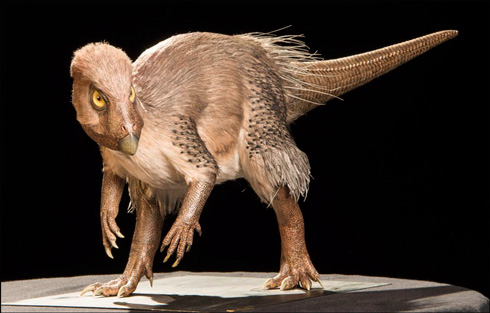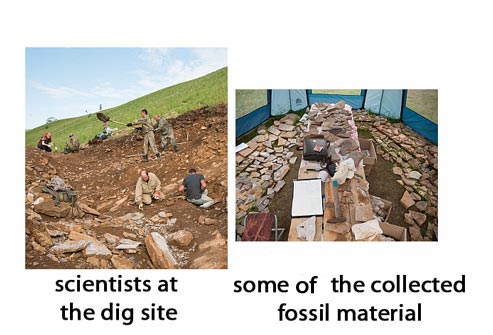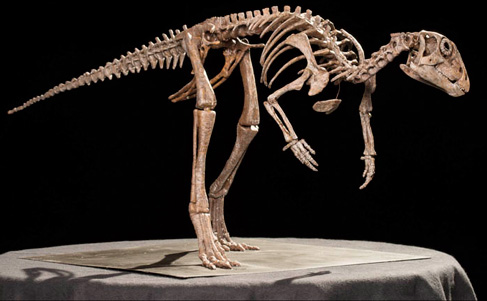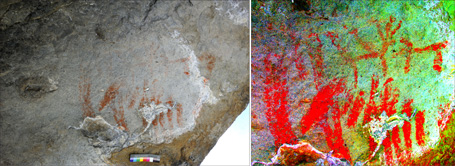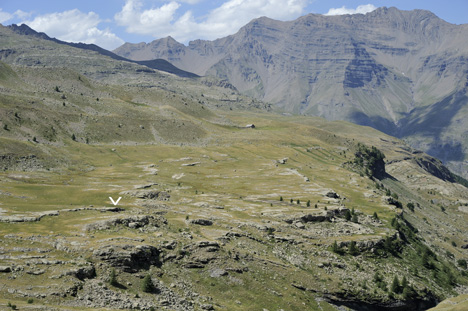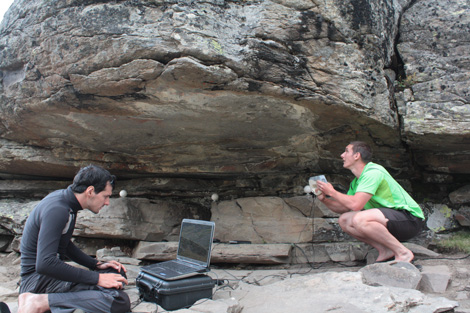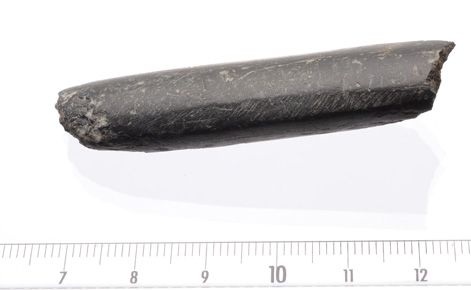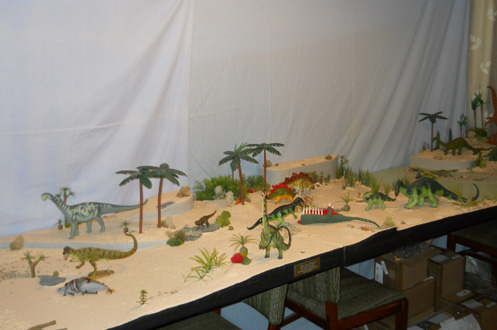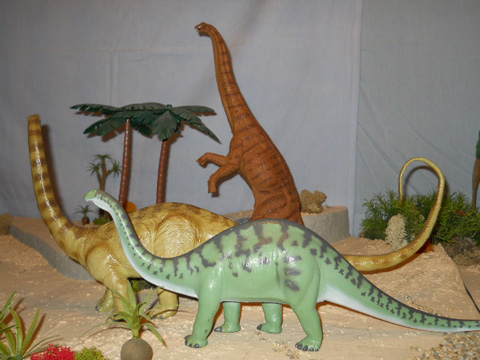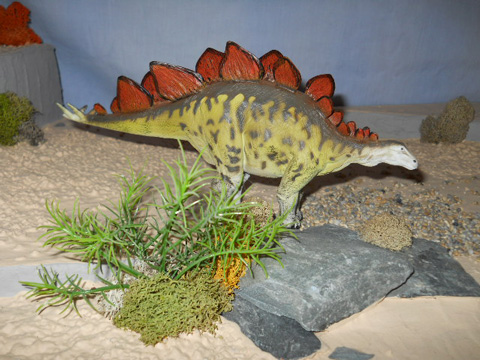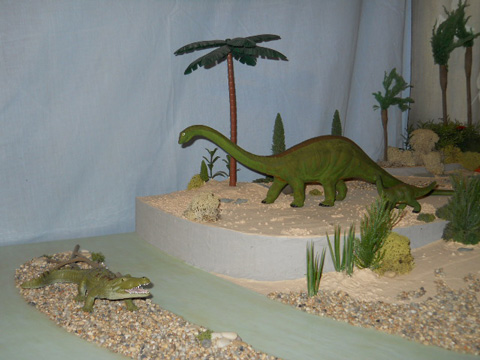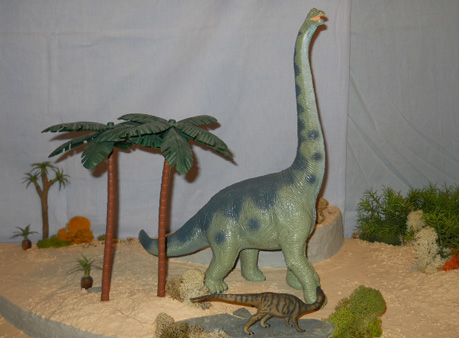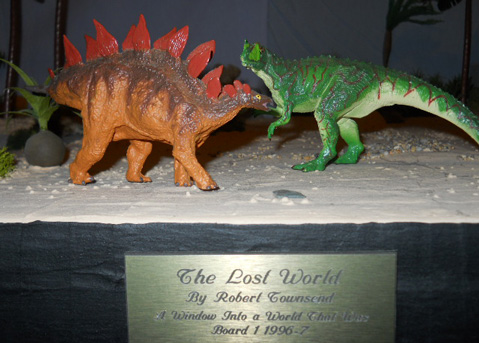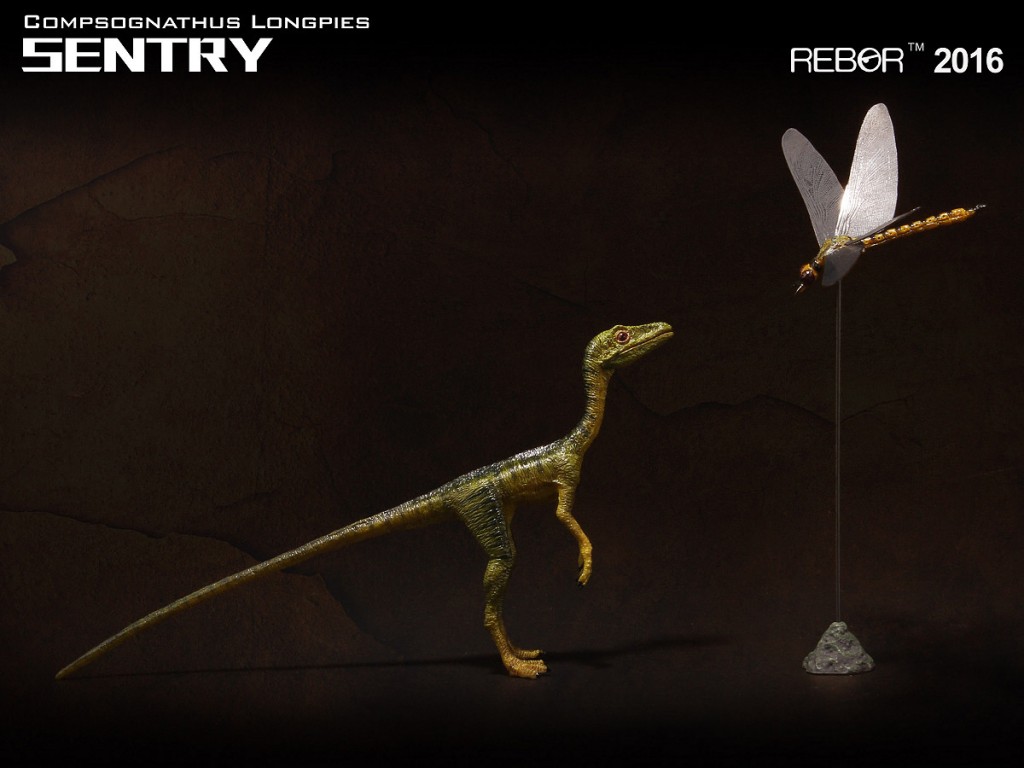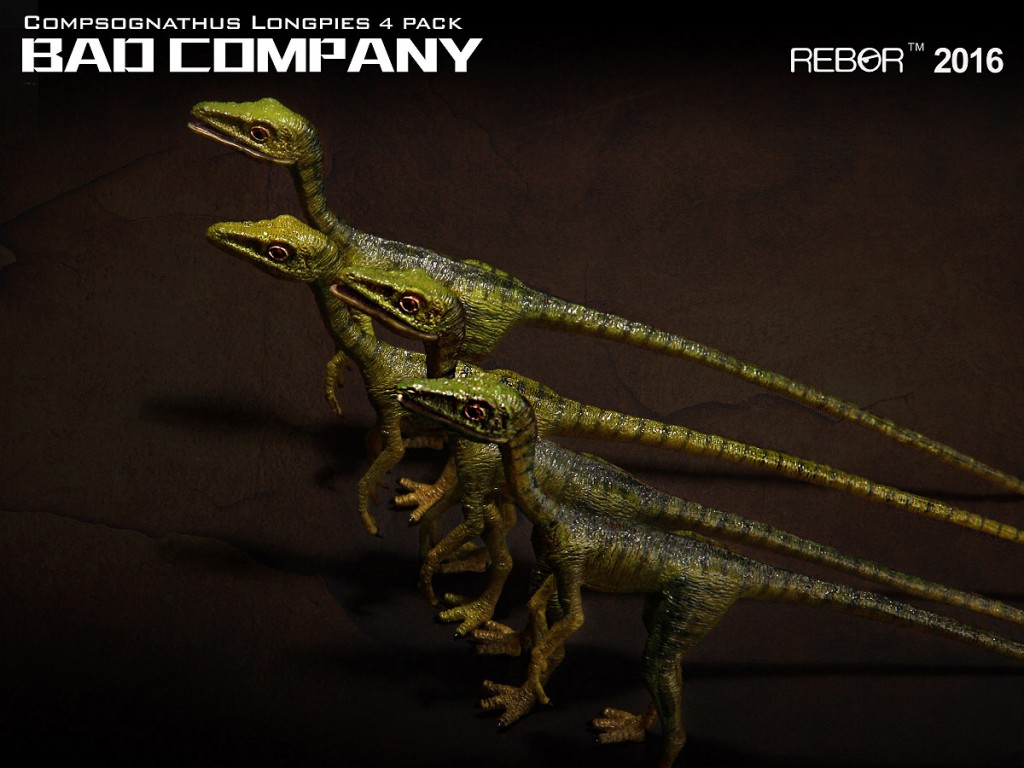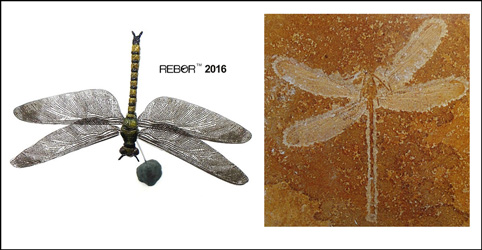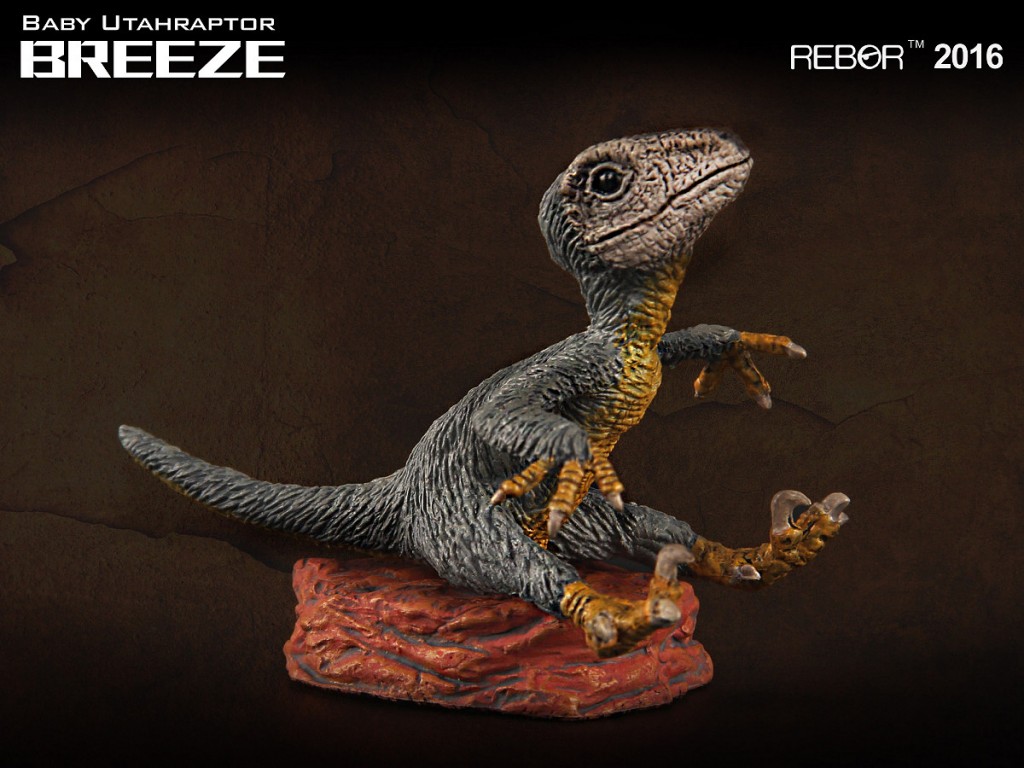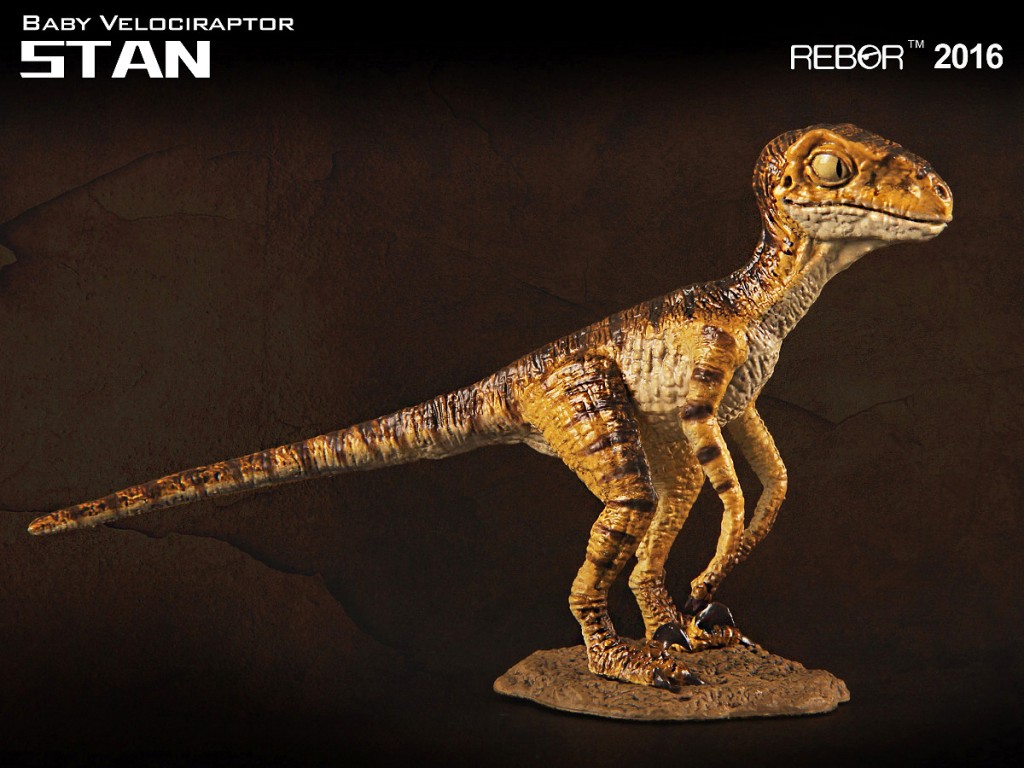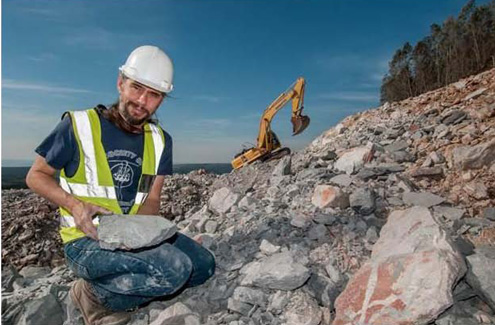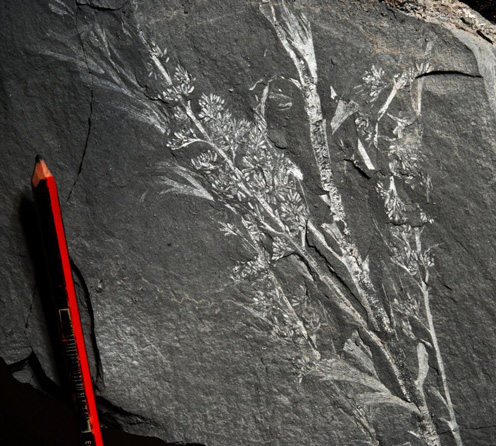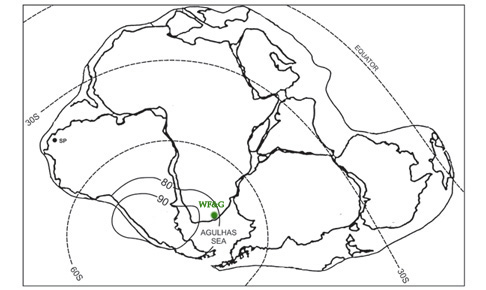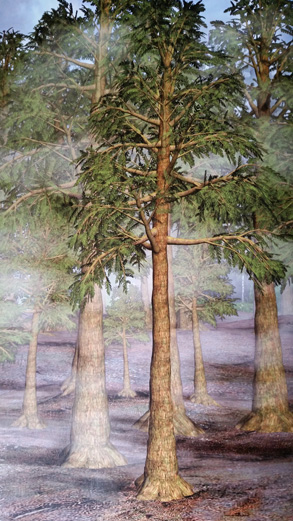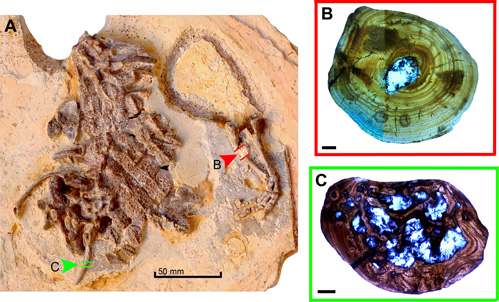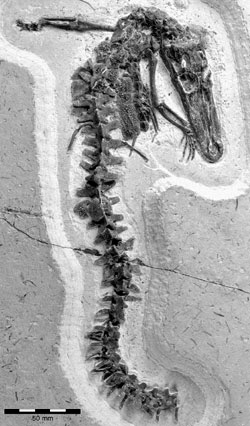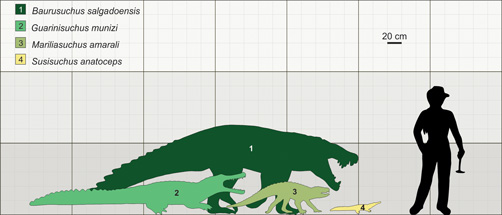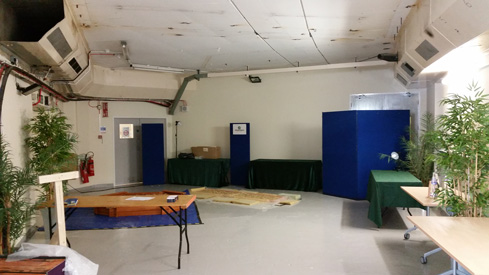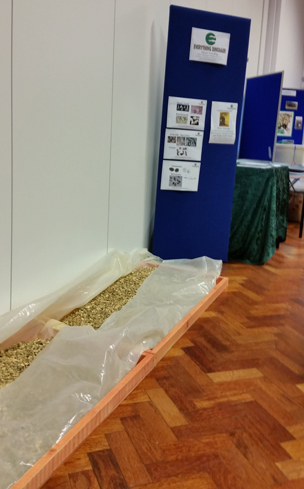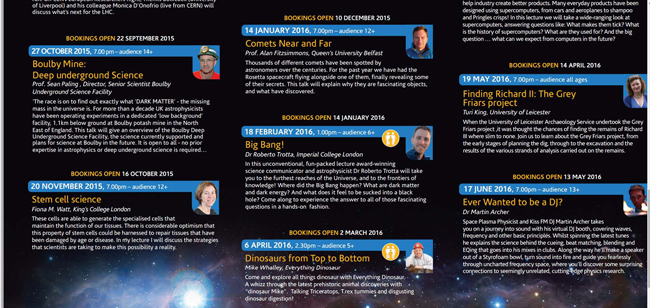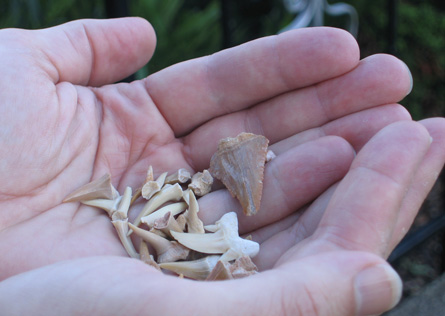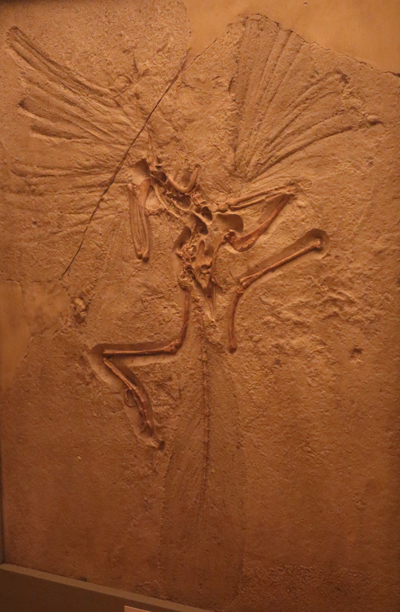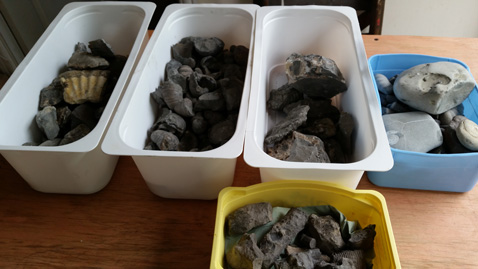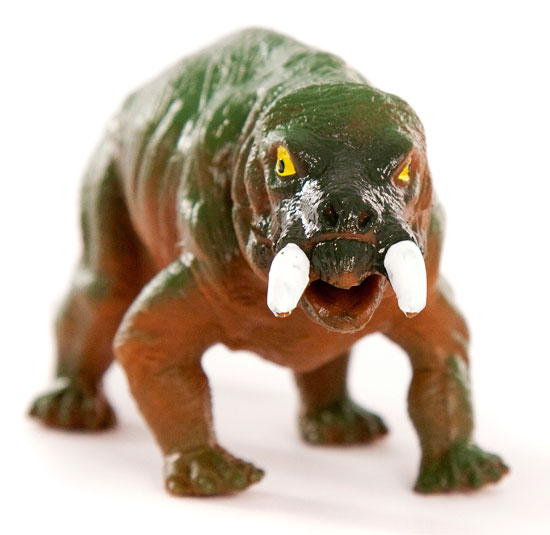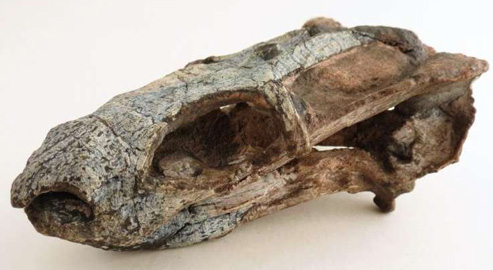Pawpawsaurus Provides Insight Into Armoured Dinosaur Evolution
A new study of the skull Pawpawsaurus (a member of the Nodosauridae), is helping palaeontologists to gain an insight into the senses of Cretaceous armoured dinosaurs and providing evidence of the evolution of sensory capabilities amongst these herbivores. With a head close to the ground, it seems that its sense of smell was its primary sense and although it was not as highly developed as later ankylosaurs like Euoplocephalus and Ankylosaurus, Pawpawsaurus’s nose kept it out of trouble.
Computer Models were Generated of the Skull Material
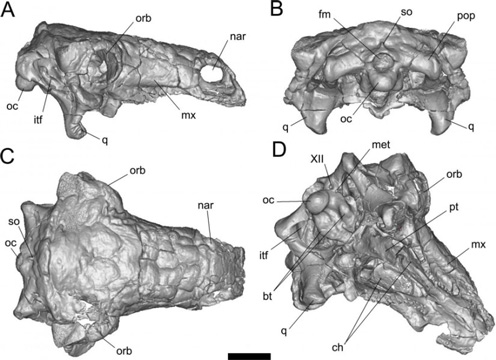
Various computer generated views of the Pawpawsaurus skull.
Picture credit: PLOS One
The picture above shows various computer generated views of the Pawpawsaurus skull (A) right lateral view, (B) posterior, (C) dorsal view, (D) ventral view. The scale bar represents five centimetres. The skull is the only known fossil ascribed to this species (Pawpawsaurus campbelli), the fossil was discovered by teenager Cameron Campbell in 1992 and described as a new species by one of the co-authors of this braincase study, Yuong-Nam Lee, (Seoul National University, South Korea), who was then a PhD student under Louis Jacobs, (Southern Methodist University), one of the other authors of this new study.
Pawpawsaurus campbelli – A Floating Armoured Dinosaur
Estimated to be about 4.5 metres in length (based on comparisons with more complete nodosaurid specimens), only the skull and part of the upper jaw is known. This dinosaur was named after the Formation in which it was found, the Pawpaw Formation, a series of marine deposits dating from around 100 million years ago (Late Albian faunal stage), exposed in Texas, the species name honours the discoverer of the fossil material.
It is likely that the corpse of this armoured dinosaur was washed out into the large inland sea that covered much of North America during the Cretaceous. The carcase may have been scavenged before finally settling on the seabed. Elements from a second nodosaurid named Texasetes pleurohalio have also been found in this Formation, at the same location (Tarrant County), as the Pawpawsaurus fossils. Yuong-Nam Lee has proposed that the material ascribed to Texasetes which includes vertebrae, dermal armour, a partial ilium and elements from the limbs, may actually represent Pawpawsaurus and as such Texasetes would be a senior synonym of Pawpawsaurus.
An Illustration of a Typical Nodosaurid Dinosaur
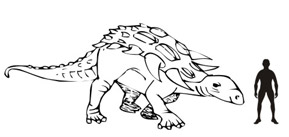
A typical illustration of a large nodosaurid dinosaur.
Picture credit: Everything Dinosaur
For models and replicas of armoured dinosaurs: Wild Safari Prehistoric World Models and Figures.
Part of the Fort Worth Museum of Science and History Collection
The skull of Pawpawsaurus, part of the vertebrate collection at the Fort Worth Museum of Science and History, was subjected to a detailed CT analysis and from these images a three-dimensional computer model could be generated. The skull is one of the best preserved and most complete of any armoured dinosaur known and the analysis showed that although Pawpawsaurus probably did not have such a keen sense of smell as the much later Ankylosaurus, it had, in all likelihood a better sense of smell compared to other dinosaurs, including predators that shared its environment.
A Keen Sense of Smell
Lead author of the scientific paper Ariana Paulina-Carabajal (Biodiversity and Environment Research Institute CONICET-INIBIOMA, Argentina), stated:
“Pawpawsaurus in particular, and the group it belonged to the Nodosauridae had no flocculus, a structure of the brain involved with motor skills, no club tail, and a reduced nasal cavity and portion of the inner ear when compared with the other family of ankylosaurs, but its sense of smell was very important, as it probably relied on that to look for food, find mates and avoid or flee predators.”
Most dinosaurs do not have bony ridges in their nasal cavities to guide airflow, but ankylosaurs are unique in that they do.
Ariana Paulina-Carabajal added:
“We can observe the complete nasal cavity morphology with the CT scans. The CT scans revealed an enlarged nasal cavity compared to dinosaurs other than ankylosaurians. That may have helped Pawpawsaurus bellow out a lower range of vocalisations, improved its sense of smell, and cooled the inflow of air to regulate the temperature of blood flowing into the brain.”
The Sensory Tools of Pawpawsaurus
Having lived some thirty-four million years earlier than the likes of Ankylosaurus, it is not surprising that Pawpawsaurus shows a number of more primitive traits. However, the paucity of the fossil record amongst thyreophoran dinosaurs (the armoured dinosaurs), prevents the researchers from drawing too many conclusions, however, Louis Jacobs stated:
“We don’t know if their sense of smell also evolved and improved even more, but we do suspect that scenting the environment was useful for a creature’s survival, and the sense of smell is fairly widely distributed among plant-eaters and meat-eaters alike.”
The team’s conclusions are reported in the scientific journal PLOS One, this is the first CT scan of the Pawpawsaurus skull bones. The scans permitted the computer programme to build up a three-dimensional image of the skull complete with indications where major blood vessels and soft tissue would have been inside the head. From the scans and resulting computer models, the palaeontologists were able to digitally reconstruct the inner ear and brain.
The Brain and Inner Ear of Pawpawsaurus
Once a three-dimensional model has been created then all sorts of internal measurements can be taken in this non-destructive piece of analytical research. For example, the team were able to estimate the size of the lagena, a region of the inner ear that perceives sounds. The lagena of P. campbelli was about the same size of living crocodiles, so from this, the range of sounds that Pawpawsaurus could detect and its hearing abilities can be inferred to be roughly the same as an extant crocodile.
How good a sense of smell this dinosaur may have had (olfactory acuity), can be ascertained from studying the size of the olfactory bulb in the brain and comparing its volume as a proportion of overall brain volume. The bigger the olfactory bulb the more significant the sense of smell is to the animal.
Ariana Paulina-Carabajal has specialised in endocranial research and she commented:
“In Pawpawsaurus, the olfactory ratio is somewhat lower than it is in Ankylosaurus, although both have high ratios when compared with most carnivorous dinosaurs. They are exceeded only by carcharodontosaurids and tyrannosaurids. The olfactory ratios of ankylosaurs in general are more or less similar to those calculated by other authors for the living crocodile.”
Endocranial Morphology of the Primitive Nodosaurid Dinosaur Pawpawsaurus campbelli
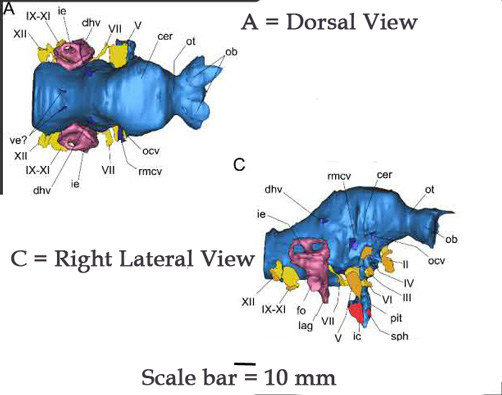
Endocranial study of the Cretaceous nodosaurid Pawpawsaurus.
Picture credit: PLOS One
The picture above shows two views of the endocast of Pawpawsaurus (A) dorsal view and (C) right lateral view. The inner ear is marked in pink.
Abbreviations: cer, cerebral hemisphere; dhv, dorsal head vein; fo, fenestra ovalis; ic, internal carotid artery; ie, inner ear; lag, lagena; med, medulla; ob, olfactory bulb; ocv, orbitocerebral vein; ot, olfactory tract; pit, pituitary;; rmcv, rostral middle cerebral vein; sph. sphenoid artery; I–XII, cranial nerves; ve? vein?


